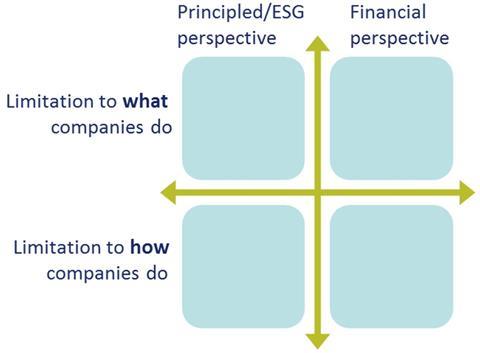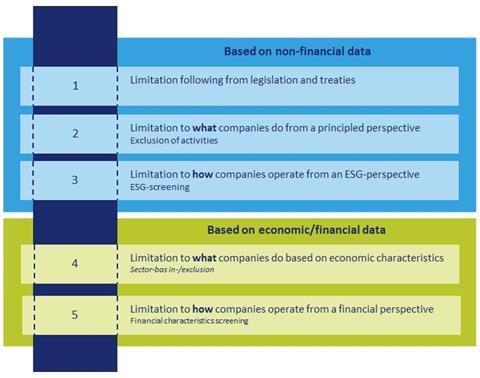- Signatory name: Pensioenfonds Metaal en Techniek
- Signatory type: Asset owner
- Operating region: Europe
- Assets under management: US$96.4 billion
- Assets in passive/index strategies: US$21.1 billion
Pensioenfonds Metaal en Techniek (PMT) administers the mechanical and electrical engineering industry’s pension scheme. It has over 34,000 affiliated employers and almost 1.4 million members. PMT is the third largest pension fund in the Netherlands with over €86 billion of assets under management.
Why use conscious selection?
We identified that our passive equity portfolio did not fully reflect our identity. We have an elaborate Strategic Investment Framework (SIF) that defines our investment, policy and risk management beliefs, and wanted to incorporate our beliefs and identity in the way we invest while keeping our execution costs low and without being dependent on the choices of external asset managers.
It is important for us as a pension fund to be able to explain our investments to our beneficiaries. To be able to explain our choices, we need to have thought thoroughly about how we make them.
How we developed a conscious selection framework
We developed a framework to enable rule-based selection of equity stocks.

The framework defines boundaries to what companies do and how they do it, from a financial and non-financial perspective, thus defining four criteria that companies would have to meet to be eligible for investment.
Through these criteria, we not only incorporate environmental, social and governance (ESG) factors into our equity portfolio, but explicitly define what qualifying criteria have to be in place before an investment can be deemed a good fit with our SIF, considering: identity, long-term investing, ESG integration, low-cost execution and – most importantly – knowing where we invest in and why.
Applying the conscious selection framework to an equity portfolio
We applied the framework to our equity portfolio, defining the four initial criteria and including an additional criteria on regulatory requirements:

Conceptually separating the five criteria and assessing each individually allows us to ensure we are assessing the full breadth of a potential investment. Companies have to meet all five criteria in order to be eligible for investment.
We created a detailed specification and employed an index provider to build the index according to our design. Going through this process also gave us confidence that there was sufficient reliability and robustness in the data to build a benchmark.
This process reduced the universe from a simple MSCI World with an ESG screen (1,600+ companies) to our new Strategic Equity Portfolio with around 800 companies. This portfolio is not a satellite portfolio – it contains all our listed equity investments in developed markets, totalling around €17bn.
We also believe it is important to involve plan participants in developing our investment policy. We took plan participants’ opinions into account when we created the new portfolio. They were consulted through various studies on, for example, the sectors which we should invest in or avoid.
The framework is future-proof: it structures our decisions today but supports further development. It can be extended across our portfolio – the process has already informed both our emerging market debt strategy and emerging markets equity strategy, and is planned to be used in the development of our fixed income asset classes.
We learnt that a simple framework is surprisingly time-consuming to build – development took over three years. Developing the framework required considerable trust between us and MN, our fiduciary manager that co-developed the framework with us.












